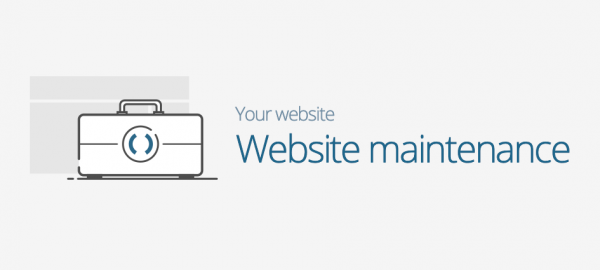It’s easy to think that once your website has been designed and approved, you can simply launch it and let it work its magic. In reality, websites need to be maintained to make sure that they are getting the best results for your business. You should work out what you’re expecting from your website and make sure that it’s performing the way you want it to. Try working through this checklist and see how ready your website is for business.
Website Design
Check that your website design is kept up to date and reflects your brand and your business ethos and personality. Over time, your business ideas, technology or your branding may change and your website needs to reflect this. Small tweaks can keep it looking fresh and well maintained, but there may come a time when you decide it needs a major redesign.
Content
Make sure you read through your website’s content to be sure that all the details are correct. There may be slight spelling or grammatical errors, but the most important thing is to look for any details such as contact information, hours of opening, and other items which may have changed over time and been overlooked when the site has been updated. Be careful to check references to ‘brand new’, ‘recently launched’ or details of events that you may be taking part in to make sure these are still relevant. Check phone numbers, email addresses and postcodes carefully as these errors are not so obvious as spelling errors.
Fresh Content
In addition to checking the minutiae of the content, you should make sure that there’s plenty of fresh content being regularly added to keep the pages ranking well in the search engines.
Check Links
Run a link checker to look for broken links on your website and correct them. This can be frustrating for users but also means that you’re not getting the search engine rankings that you’re looking for. You can use a tool such as SEM Rush.
Sitemaps
To make sure your website is correctly indexed with Google, confirm that the sitemaps are up to date. Check for broken links and make sure that newly added and important pages have been added to the sitemap. Verify that the sitemap.xml file is updating automatically, submitting it to search engines if need be to check.
Backup
Confirm that your website files and database records are regularly backed up on a weekly basis. Check every six months that the backups are valid and make sure that there are backups stored off-site or use a cloud-based backup.
Website Security
Breaches in website security can severely damage your brand’s reputation. You need to take this aspect very seriously, making sure it’s built on a secure platform. You need to review both your CMS and your web hosting service to make sure that you are happy with the security of both. Check that they have a plan ready to protect you from any possible security breaches. Make sure all systems are updated. You should keep up to date with all the latest procedures for website security and implement all necessary measures.
Site Speed
You need to check that the page load speed for your website is acceptable. Pages that are slow to load can be frustrating and off-putting to your customers and may affect search engine rankings. Use Google PageSpeed Insights for recommendations as to what is causing your page to take too long to load. Make sure that all images on your website are correctly sized and that the website is optimising all images.
Check Analytics
Check that any analytical tracking you have on your website is working properly and the results are being monitored and acted upon. You should understand your key goals and conversion targets and check that you are tracking them and you are getting the results you need. Examine your analytics data carefully to identify areas that need to be refined to ensure that your website is getting the best results for you.
With regular maintenance and checks, you can relax in the knowledge that your website is constantly being kept up to date so that your customers understand and trust it and don’t jump to competitors.
